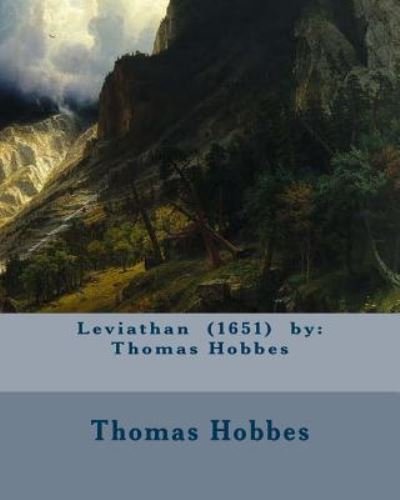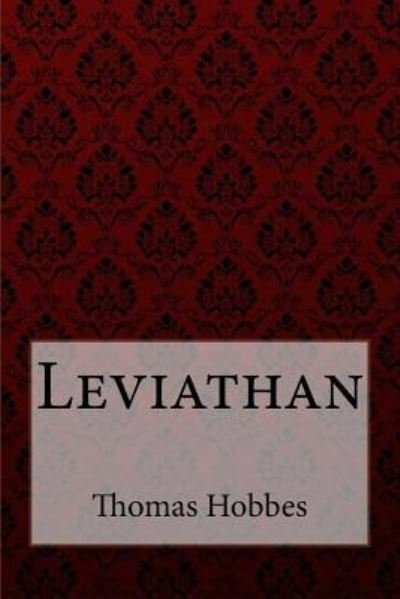
Tell your friends about this item:
Leviathan
Thomas Hobbes
Ordered from remote warehouse
Also available as:
- Paperback Book (2011) € 13.99
- Paperback Book (2017) € 15.49
- Paperback Book (2018) € 16.99
- Paperback Book (2017) € 18.49
- Paperback Book (2015) € 18.49
- Paperback Book (2018) € 18.99
- Paperback Book (2014) € 18.99
- Paperback Book (2017) € 19.49
- Paperback Book (2011) € 19.99
- Paperback Book (2016) € 19.99
- Paperback Book (2014) € 19.99
- Paperback Book (2017) € 21.49
- Paperback Book (2018) € 21.99
- Paperback Book (2018) € 22.99
- Paperback Book (2016) € 22.99
- Paperback Book (2016) € 22.99
- Paperback Book (2017) € 22.99
- Paperback Book (2016) € 23.99
-
Paperback BookWisehouse Classics - The Original Authoritative edition(2016) € 24.49
- Paperback Book (2016) € 24.49
- Paperback Book (2021) € 24.49
- Paperback Book (2017) € 24.49
- Paperback Book (2015) € 25.99
- Paperback Book (2013) € 26.49
-
Paperback BookReprint edition(2008) € 27.49
Leviathan
Thomas Hobbes
Leviathan is a book written by Thomas Hobbes (1588-1679). Its name derives from the biblical Leviathan. The work concerns the structure of society and legitimate government, and is regarded as one of the earliest and most influential examples of social contract theory. Leviathan ranks as a classic western work on statecraft comparable to Machiavelli's The Prince. Written during the English Civil War (1642-1651), Leviathan argues for a social contract and rule by an absolute sovereign. Hobbes wrote that civil war and the brute situation of a state of nature ("the war of all against all") could only be avoided by strong, undivided government. After lengthy discussion with Thomas Hobbes, the Parisian Abraham Bosse created the etching for the book's famous frontispiece in the géometrique style which Bosse himself had refined. It is similar in organisation to the frontispiece of Hobbes' De Cive (1642), created by Jean Matheus. The frontispiece has two main elements, of which the upper part is by far the more striking. In it, a giant crowned figure is seen emerging from the landscape, clutching a sword and a crosier, beneath a quote from the Book of Job-"Non est potestas Super Terram quae Comparetur ei. Iob. 41 . 24" ("There is no power on earth to be compared to him. Job 41 . 24")-linking the figure to the monster of that book. (Due to disagreements over the precise location of the chapters and verses when they were divided in the late Middle ages, the verse Hobbes quotes is usually given as Job 41:33 in modern Christian translations into English, Job 41:25 in the Masoretic text, Septuagint, and the Luther Bible; it is 41:24 in the Vulgate.) The torso and arms of the figure are composed of over three hundred persons, in the style of Giuseppe Arcimboldo; all are facing inwards with just the giant's head having visible features. (A manuscript of Leviathan created for Charles II in 1651 has notable differences - a different main head but significantly the body is also composed of many faces, all looking outwards from the body and with a range of expressions.) The lower portion is a triptych, framed in a wooden border. The centre form contains the title on an ornate curtain. The two sides reflect the sword and crosier of the main figure - earthly power on the left and the powers of the church on the right. Each side element reflects the equivalent power - castle to church, crown to mitre, cannon to excommunication, weapons to logic, and the battlefield to the religious courts. The giant holds the symbols of both sides, reflecting the union of secular, and spiritual in the sovereign, but the construction of the torso also makes the figure the state.
| Media | Books Paperback Book (Book with soft cover and glued back) |
| Released | June 21, 2017 |
| ISBN13 | 9781548272463 |
| Publishers | Createspace Independent Publishing Platf |
| Pages | 380 |
| Dimensions | 216 × 280 × 20 mm · 879 g |
| Language | English |
More by Thomas Hobbes
Others have also bought
More from this series
See all of Thomas Hobbes ( e.g. Paperback Book , Hardcover Book , Book , CD and Bound Book )



![Cover for Thomas Hobbes · Leviathan - Oxford World's Classics (Paperback Book) [2 Revised edition] (2024)](https://imusic.b-cdn.net/images/item/original/749/9780192868749.jpg?thomas-hobbes-2024-leviathan-oxford-world-s-classics-paperback-book&class=scaled&v=1706642772)
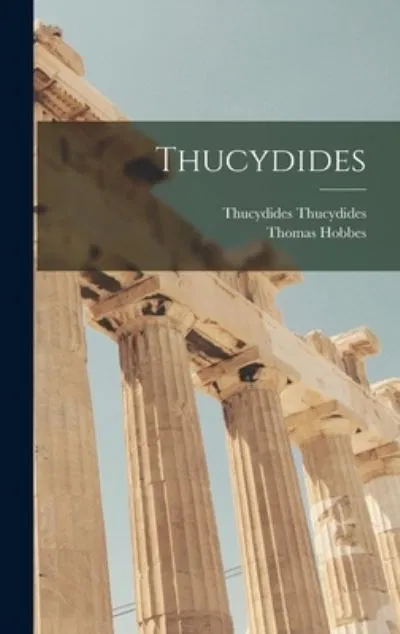
![Cover for Thomas Hobbes · Treatise on Human Nature and That on Liberty and Necessity. with a Suppl. to Which Is Prefixed an Account of His Life and Writings by the Editor [P. Mallet] (Book) (2022)](https://imusic.b-cdn.net/images/item/original/025/9781017639025.jpg?thomas-hobbes-2022-treatise-on-human-nature-and-that-on-liberty-and-necessity-with-a-suppl-to-which-is-prefixed-an-account-of-his-life-and-writings-by-the-editor-p-mallet-book&class=scaled&v=1682763588)




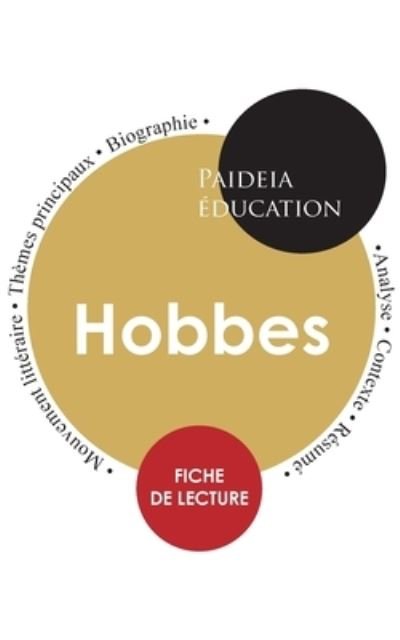
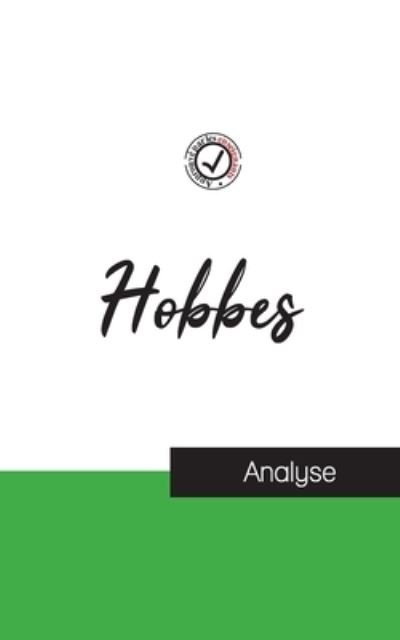
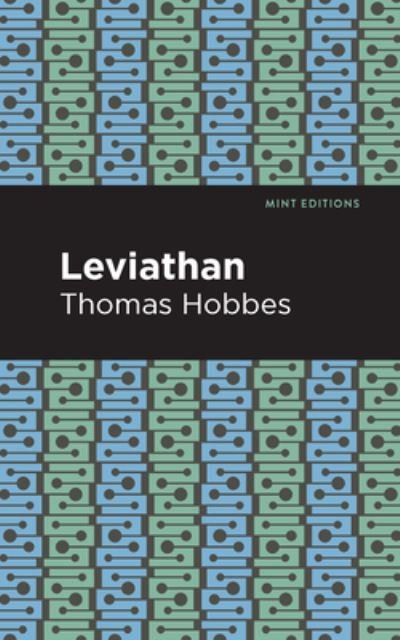

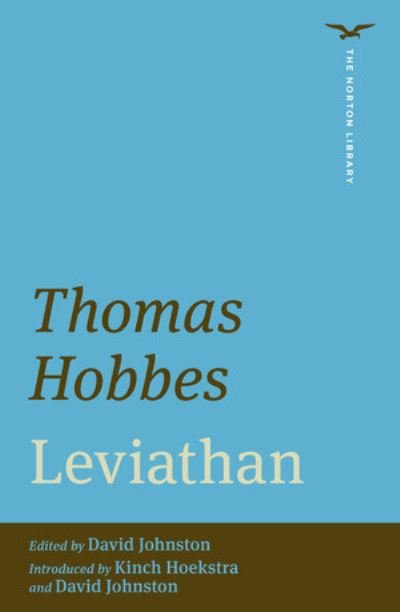
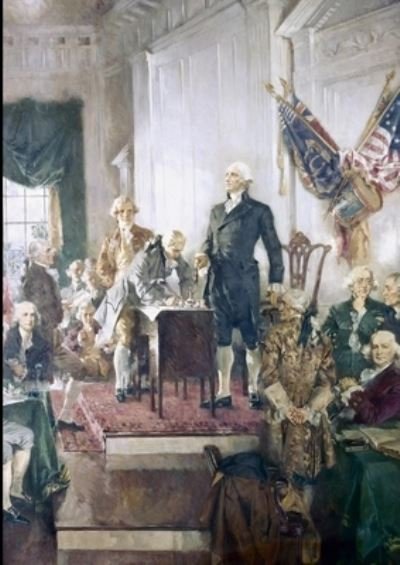
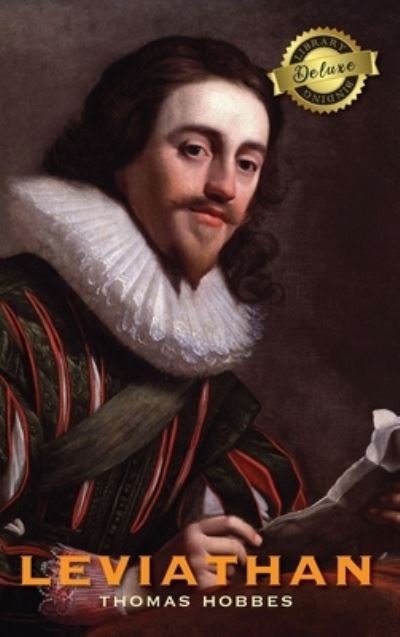
![Cover for Thomas Hobbes · Leviathan (Royal Collector's Edition) (Case Laminate Hardcover with Jacket) (Hardcover Book) [Royal Collector's edition] (2020)](https://imusic.b-cdn.net/images/item/original/649/9781774378649.jpg?thomas-hobbes-2020-leviathan-royal-collector-s-edition-case-laminate-hardcover-with-jacket-hardcover-book&class=scaled&v=1640009210)



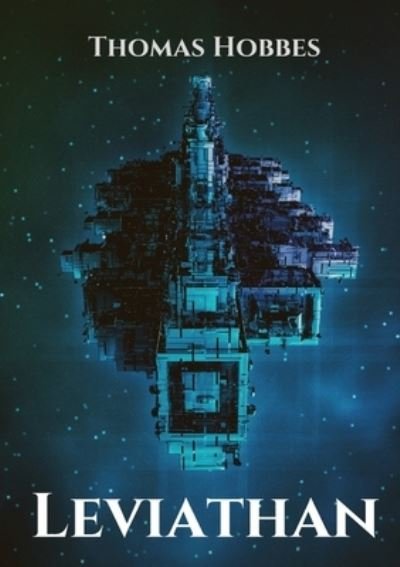
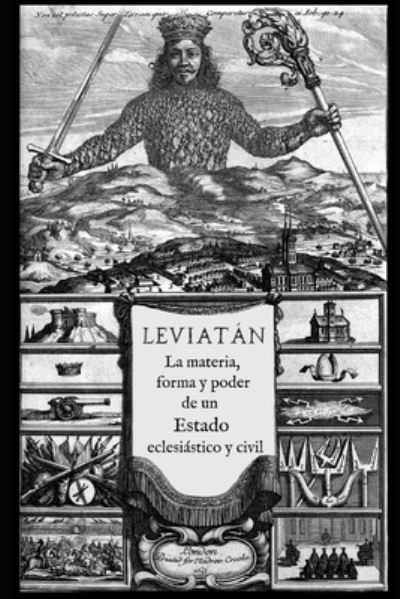
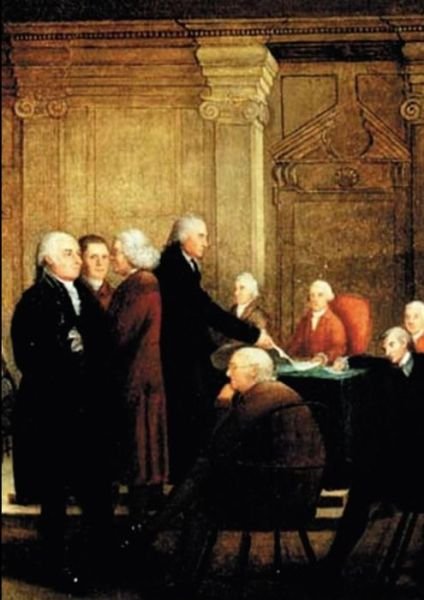

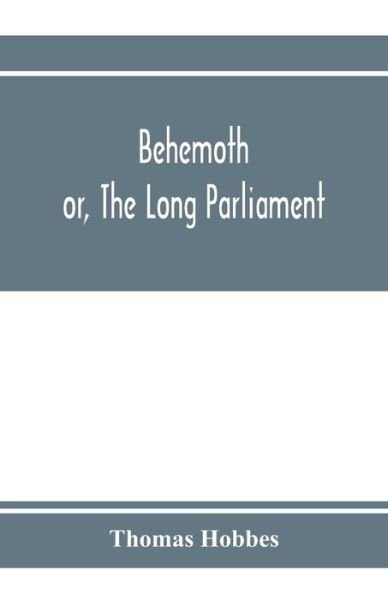

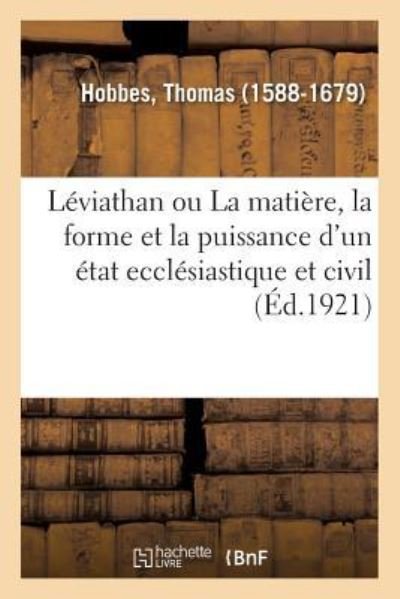

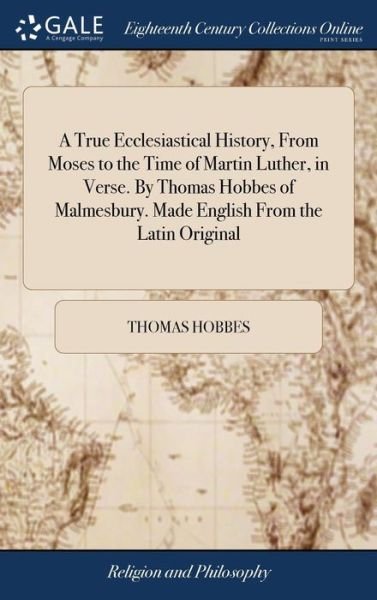
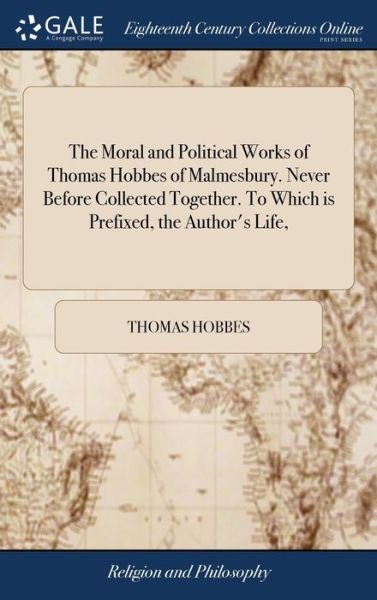



![Cover for Emma Gad · Genudgivelser Gavebøger: Takt og Tone (Hardcover Book) [4th edition] (2017)](https://imusic.b-cdn.net/images/item/original/620/9788702249620.jpg?emma-gad-2017-genudgivelser-gaveboeger-takt-og-tone-hardcover-book&class=scaled&v=1507921567)
![Cover for Benjamin Graham · The Intelligent Investor Rev Ed.: The Definitive Book on Value Investing (Paperback Book) [Rev Ed. edition] (2003)](https://imusic.b-cdn.net/images/item/original/665/9780060555665.jpg?benjamin-graham-2003-the-intelligent-investor-rev-ed-the-definitive-book-on-value-investing-paperback-book&class=scaled&v=1400757498)
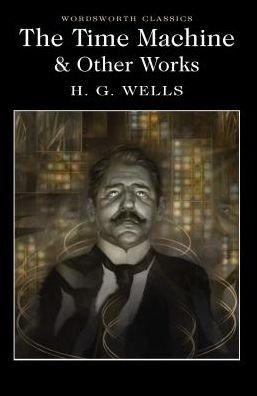

![Cover for Louise L hay; Mona Lisa Schulz · Alt er godt (Sewn Spine Book) [1st edition] (2015)](https://imusic.b-cdn.net/images/item/original/435/9788702205435.jpg?louise-l-hay-mona-lisa-schulz-2015-alt-er-godt-sewn-spine-book&class=scaled&v=1419361595)
![Cover for Joseph Campbell · The Hero With A Thousand Faces (Hardcover Book) [Second edition] (2008)](https://imusic.b-cdn.net/images/item/original/933/9781577315933.jpg?joseph-campbell-2008-the-hero-with-a-thousand-faces-hardcover-book&class=scaled&v=1398612184)
![Cover for Thomas More · Utopia (Penguin Classics) (Paperback Book) [Reissue edition] (2003)](https://imusic.b-cdn.net/images/item/original/105/9780140449105.jpg?thomas-more-2003-utopia-penguin-classics-paperback-book&class=scaled&v=1409760897)
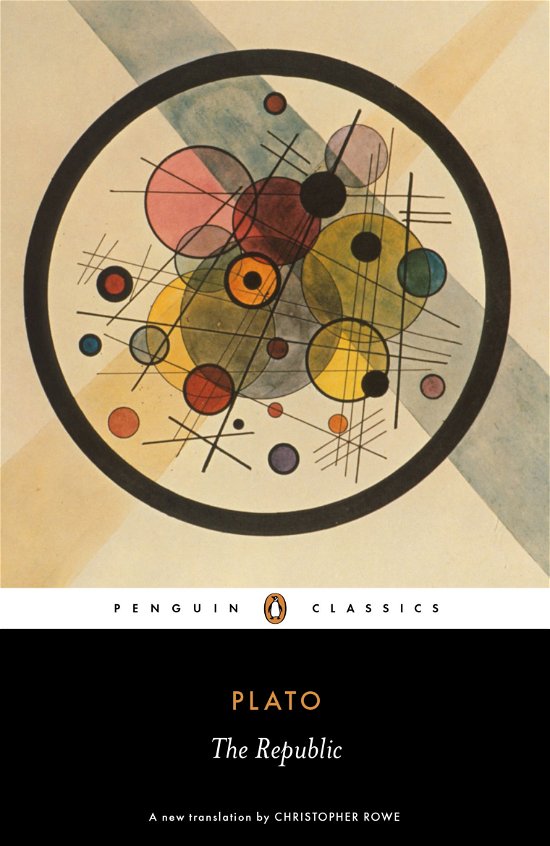

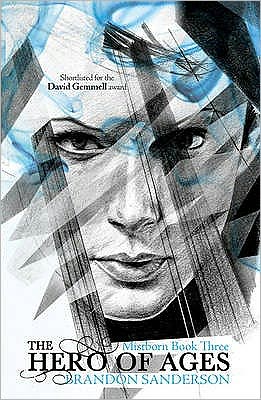

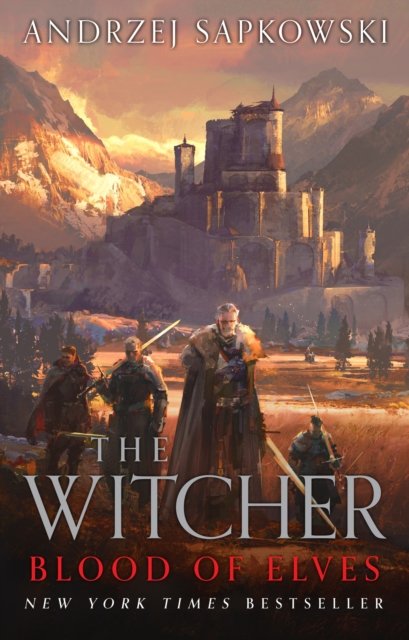
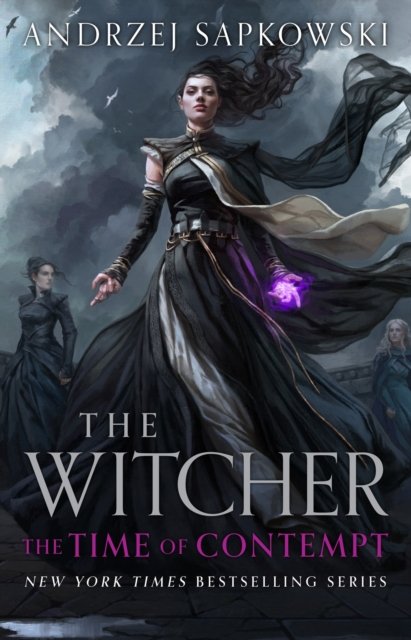


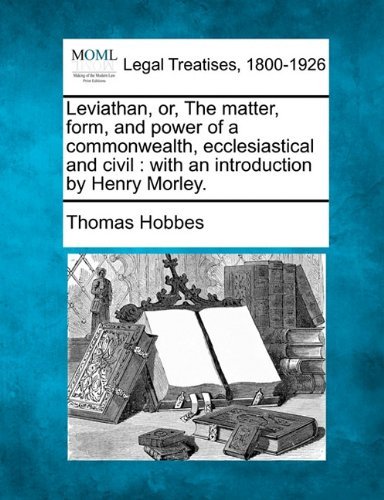
![Cover for Thomas Hobbes · Leviathan: or the Matter, Forme, and Power of a Commonwealth Ecclesiasticall and Civil (Paperback Book) [Reprint edition] (2008)](https://imusic.b-cdn.net/images/item/original/609/9781416573609.jpg?thomas-hobbes-2008-leviathan-or-the-matter-forme-and-power-of-a-commonwealth-ecclesiasticall-and-civil-paperback-book&class=scaled&v=1410262952)
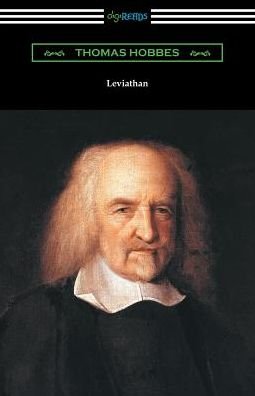
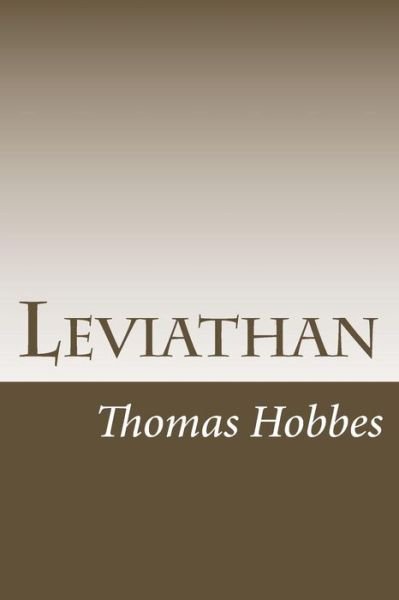

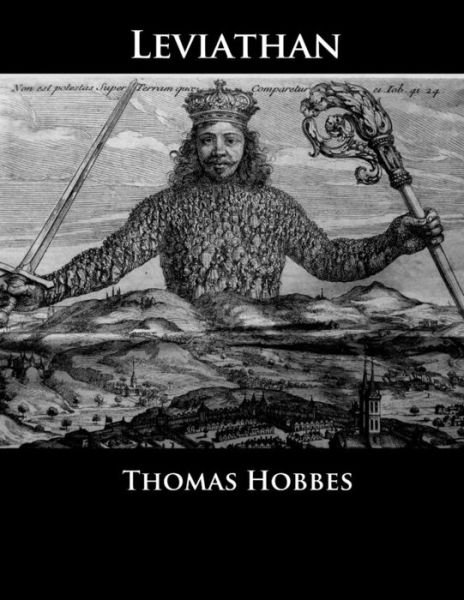
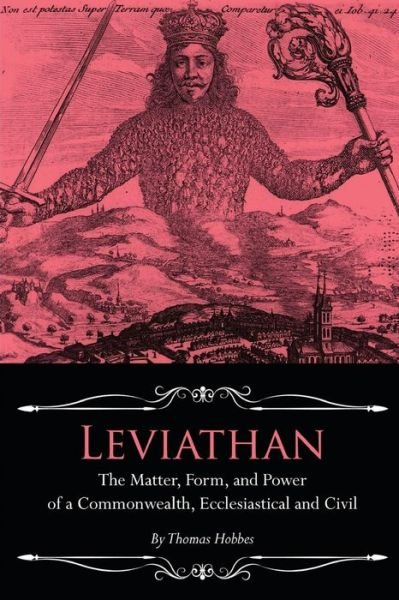
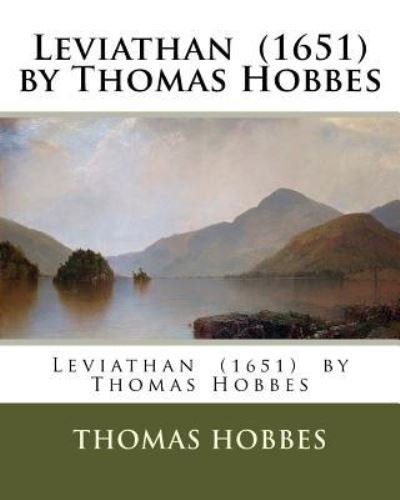

![Cover for Thomas Hobbes · Leviathan - Classics of World Literature (Paperback Book) [UK edition] (2014)](https://imusic.b-cdn.net/images/item/original/338/9781840227338.jpg?thomas-hobbes-2014-leviathan-classics-of-world-literature-paperback-book&class=scaled&v=1405420230)
